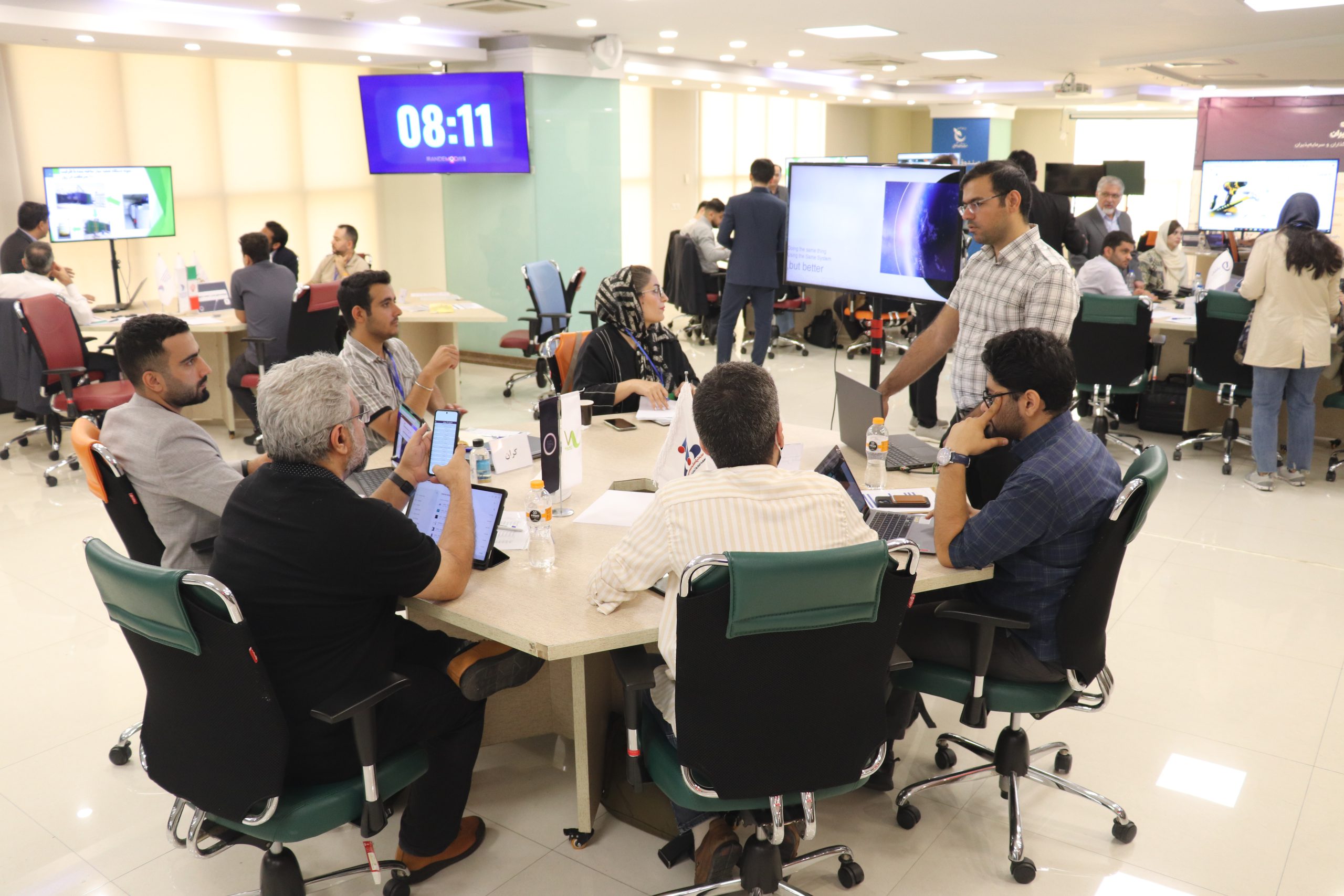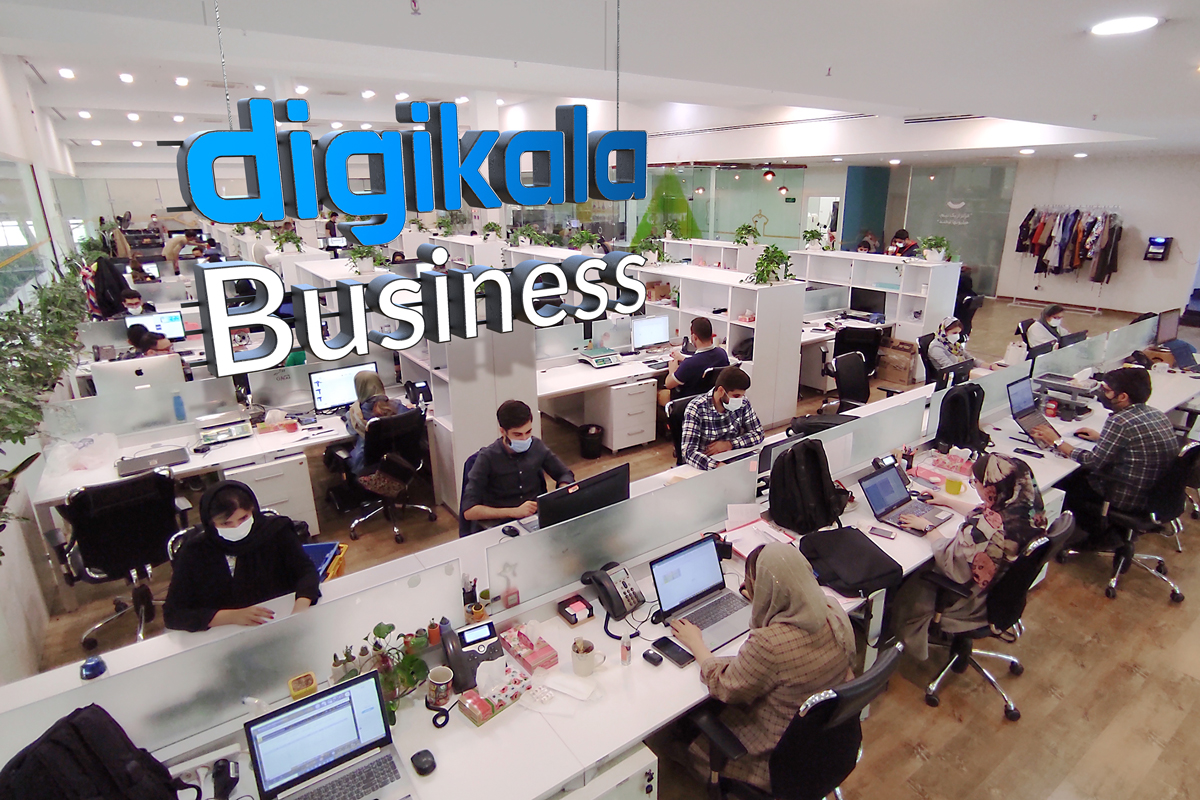Crowdfunding Iran Startups – A Gateway to Global Innovation
Why Crowdfunding Iran Startups Matters Globally
Iran’s startup ecosystem is a rising star, powered by a youthful population—over 60% under 35—and 70 million+ internet users. Tehran, hosting 83% of startups, drives innovation in fintech, e-commerce, digital health, and AI. Despite sanctions, government policies like innovation funds, low-interest loans, and tax incentives for “knowledge-based companies” fuel 14% annual tech sector growth, with venture capital projected to reach $28 million by 2025. Regulatory reforms since 2024, including streamlined foreign business registration and enhanced tax rates, make Iran accessible to global players. Crowdfunding Iran startups offers a dynamic entry point, aligning local innovation with global trends. By enabling entrepreneurs to bypass traditional financing barriers, crowdfunding fosters validation, community engagement, and market traction in Iran’s sanction-constrained economy, making it a vital tool for both local and international stakeholders seeking to tap into this vibrant market.
Understanding Crowdfunding in Iran
Crowdfunding enables startups to raise funds from a broad audience via online platforms, bypassing traditional financing barriers in Iran’s sanction-constrained economy. Since its rise in the late 2010s, crowdfunding has scaled, with 2018 regulatory approval enabling over 180 projects—many knowledge-based—to raise 10 trillion rials (~$20 million) by 2023.
Iran’s crowdfunding models include:
- Equity-Based: Investors gain shares for long-term returns.
- Reward-Based: Backers receive perks like early product access.
- Islamic-Compliant: Adheres to Sharia law, avoiding interest.
- Debt-Based (P2P Lending): Startups borrow and repay with interest.
- Donation-Based: Dominant for social and charitable projects.
Platforms like KarenCrowd, Hamafza, Karfund, Fundheartly, and Novin Crowd drive crowdfunding Iran startups. Novin Crowd, launched in 2024, supports rial/foreign currency transactions, expanding capacity to 50 billion tomans, fostering validation and market traction.
Iran’s Evolving Startup Ecosystem: Opportunity Overview
Iran’s startup scene thrives in fintech, AI, e-commerce, digital health, and agritech, with Tehran hosting 83% of startups. Government initiatives include:
- Iran National Innovation Fund (INIF): Low-interest loans and grants.
- Innovation & Prosperity Fund (IPF): Supports knowledge-based firms.
- National Development Fund (NDFI): Government-backed loans.
- Pardis Technology Park: Hosts 400+ tech firms with seed funding and mentorship.
Venture capital, projected at $28 million by 2025, is led by firms like Shenasa, Sarava, and Aftabnet. Angel investors and crowdfunding complement these, critical due to sanctions. Startups often register offshore (e.g., UAE, Turkey) to attract global capital, leveraging Iran’s high internet penetration.
Regulatory Environment: What Foreigners Need to Know
Since 2024, Iran’s reforms have eased foreign investment with better tax rates and 100% ownership in sectors like technology. The Foreign Investment Promotion and Protection Act (FIPPA) ensures:
- Equal treatment for investors.
- Protection against nationalization.
- Profit repatriation, subject to compliance.
Investors need an OIETA license, with structures like joint ventures available. Strategic sectors (e.g., banking) remain restricted. Crowdfunding faces sanction-related limits, but platforms like Novin Crowd signal future international access. Compliance with sanctions and AML/KYC is critical, requiring local advisors.
How Foreigners Can Participate in Iranian Crowdfunding
Direct foreign investment in crowdfunding Iran startups is restricted by sanctions, but pathways include:
- Indirect Investments: Via local VCs or offshore-registered startups (e.g., UAE).
- Joint Ventures: With Iranian authorities or licensed agencies.
- Platform Collaborations: With platforms like KarenCrowd or Novin Crowd.
Foreigners must navigate currency risks and transparency issues, with requirements like 10% entrepreneur investment and 5% caps on individual stakes. Local partnerships mitigate risks, enabling access to high-growth sectors.
Success Stories: International Collaborations and Market Entry
Iranian startups like Snapp, with 5.9 million daily rides in 2025, and Balad, an AI-powered mapping app serving millions, showcase domestic strength and regional potential. International collaboration thrives with countries like China and Russia, exemplified by the 2025 AI Conference attracting global scholars. Events like Iran Corridor 2025 in Dubai proposed AI and tech partnerships with Gulf states. Foreign investors participate via joint ventures or intermediaries like Persia Global, achieving 15-25% returns in tech sectors.
Advantages and Unique Prospects for Foreign Stakeholders
Iran offers:
- Market Validation: A youthful, digital population tests technologies for regional expansion.
- First-Mover Advantage: Underserved sectors like fintech and AI offer early entry.
- Cost-Effective Talent: Iran’s AI developers and low costs attract global interest.
- Government Incentives: 2024-2025 reforms enhance tax rates and innovation hubs.
Crowdfunding Iran startups enables foreigners to refine business models for scalability.
Challenges and Mitigation for International Backers
Challenges include:
- Transparency: Opaque disclosures require local advisors for due diligence.
- Currency Risks: Volatility and repatriation limits need offshore structuring.
- Sanctions: U.S./EU restrictions demand compliance expertise.
- Infrastructure Gaps: Internet and cloud limitations slow scalability.
Mitigation Strategies:
- Partner with local VCs or intermediaries.
- Use compliant platforms like Novin Crowd.
- Employ currency hedging.
- Stay updated on sanctions.
- Engage specialized legal advisors.
Getting Started: Practical Steps for Foreigners
- Choose the Right Platform: Evaluate KarenCrowd, Hamafza, Karfund, Mehr Fund, or Novin Crowd for their focus and foreign-currency compatibility.
- Build Local Partnerships: Connect with VCs, incubators like Pardis Technology Park, and legal advisors to navigate regulations.
- Understand Contribution Rules: Entrepreneurs must invest 10%; individual stakes are often capped at 5%.
- Prepare Compelling Campaigns: Highlight solutions in fintech, AI, or digital health for Iran’s youthful market.
- Conduct Due Diligence: Use local experts and offshore vehicles for compliance.
Future Outlook: Crowdfunding Iran Startups and International Integration
- Regulatory Reforms: 2024-2025 changes streamline investment and enhance protections, boosting foreign participation in crowdfunding Iran startups.
- Blended Finance: Crowdfunding integrates with VC and angel networks, with Islamic-compliant models attracting global investors.
- International Collaboration: Gulf partnerships for AI and tech hubs extend crowdfunding opportunities regionally.
- Technology Development: Investments in cloud computing and fintech sandboxes enhance startup scalability.
Conclusion
Iran’s startup ecosystem is a vibrant frontier, with crowdfunding Iran startups offering an innovative financing alternative. Strategic engagement requires navigating regulations, building local partnerships, and addressing sanctions. With reforms, a youthful population, and growing institutional support, crowdfunding unlocks opportunities for growth and regional market entry. Foreign stakeholders with informed strategies can gain first-mover advantage in this dynamic landscape.
Call to Action
Explore crowdfunding Iran startups on platforms like Novin Crowd or KarenCrowd. Connect with local advisors and visit our linkedin page (link: shanbe global magazine) for market insights and collaboration. Join Iran’s startup revolution today!














Post Comment